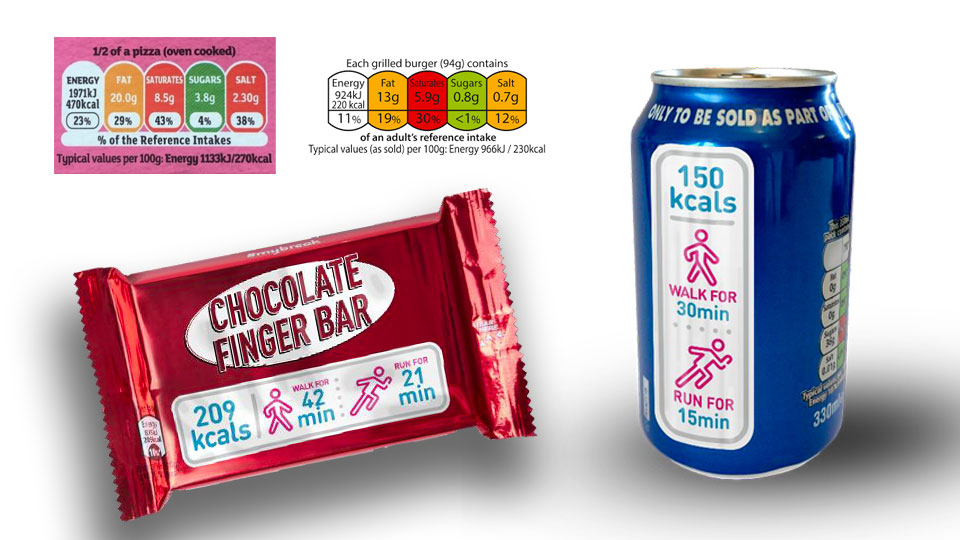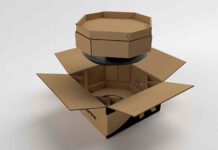RESEARCH has indicated that labelling showing the amount of physical activity required to burn off calories contained within the product would be ‘easier to understand’ than existing traffic light labelling.
Dubbed physical activity calorie equivalent (PACE), the labelling aims to illustrate how many minutes of physical activity equate to the calories contained in the food or drink. For example, a label on a cake product would read ‘calories in this cake require 90 minutes of walking to burn off’.
Led by Professor Amanda Daley, of the University of Loughborough, and colleagues from the learning institute’s School of Sport, Exercise, and Science, the study involved collating the views of 2,668 individuals on the labelling.
Slightly more participants (43% vs 33%) said that they preferred the existing traffic light labelling system to PACE, however more participants reported PACE was easier to understand (41% vs 27%) and more likely to catch their attention (49% vs 31%).
When compared to participants who were active zero to two times per week, respondents who exercised three to four times a week and five times per week were 42% and 45% more likely to report PACE would catch their attention more than traffic light labelling.
More participants thought PACE was also more likely to help them avoid calorific food than traffic labelling (44% vs 28%). Those aged 65 years and older were also 40% less likely to prefer PACE over traffic light labelling compared to the youngest group (18-44 years).
Professor Daley commented, “Nutritional labels support people to make food choices and traffic light labelling is the UK standard. However, many people do not understand the meaning of kilocalories (kcals or calories) or grams of fat displayed on food labels, and often underestimate the number of calories when labelling is not provided.”
The report authors added, “Our findings highlight that PACE labelling is a potentially important policy-based approach to strengthen current approaches to food labelling. The next steps are to test whether PACE labelling reduces the purchases of high calorie foods and drinks in different food settings such as restaurants, vending machines, coffee shops and pubs.”
The research team is set to trial PACE labelling in cafeteria and vending machine settings.














